.
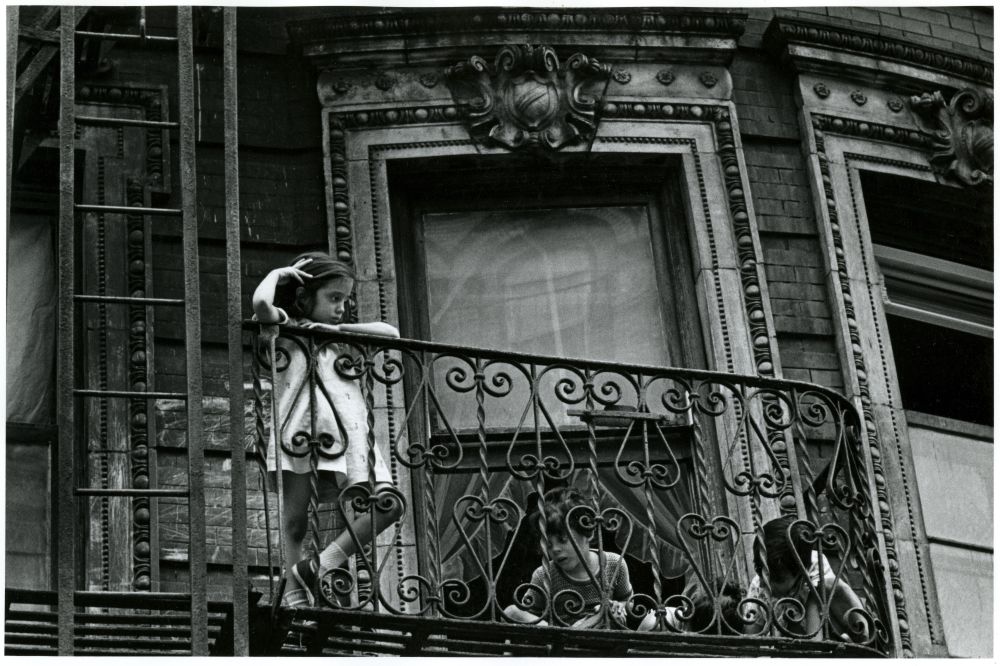
Lower East Side: photo by James Jowers, 1967 (George Eastman House)
Dying day pinches the tot
He grabs my pen and beads
And plays into my hands
His father’s skull glistens
Across his wife’s white arms
The past bursts on a flower
And softly erases its bulb
We hear this going on all around
Night packs the traffic in cotton
And 1st Ave. fruit stands in opal
It is his first day to hurl a toy
But a gray torch rises in the future
Like a pair of scissors
The dark unravels towards
As I return to my newspaper
New York, 1967; from Stones (1969)
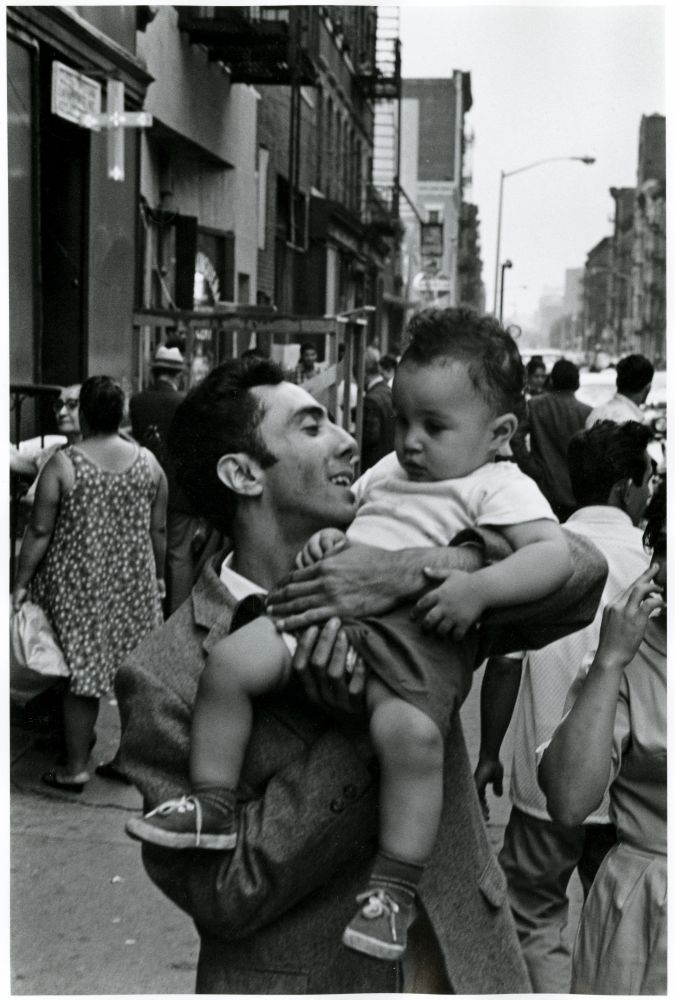
3rd Street and Avenue B: photo by James Jowers, 1967 (George Eastman House)
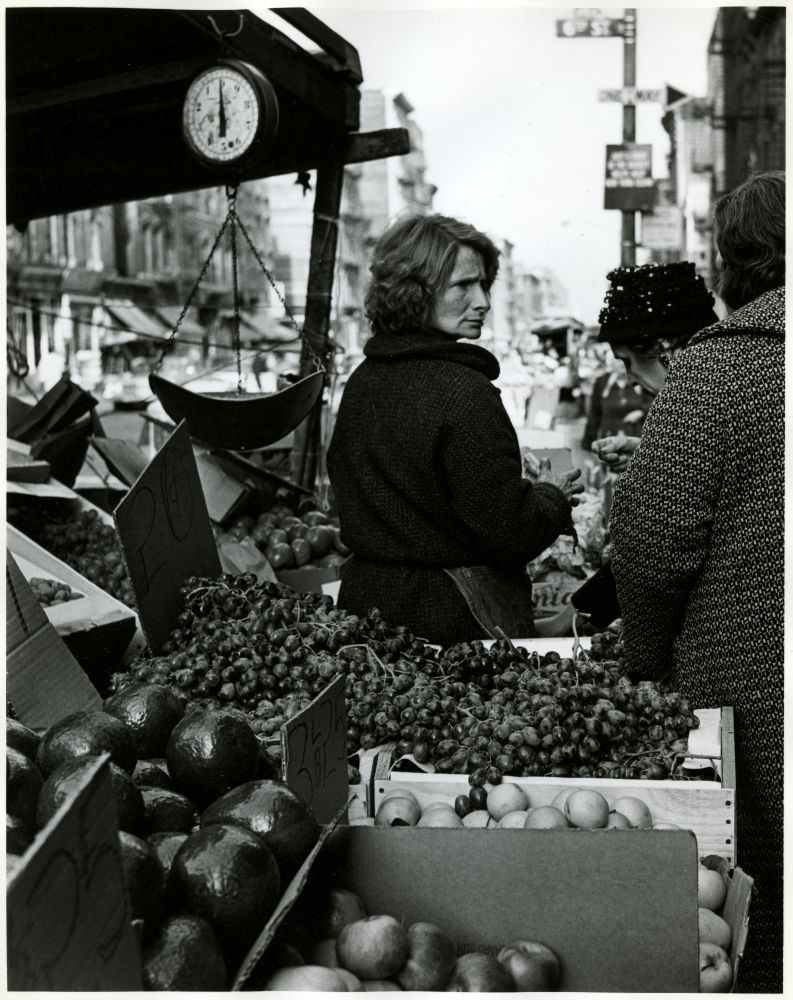
Avenue C: photo by James Jowers, 1965 (George Eastman House)
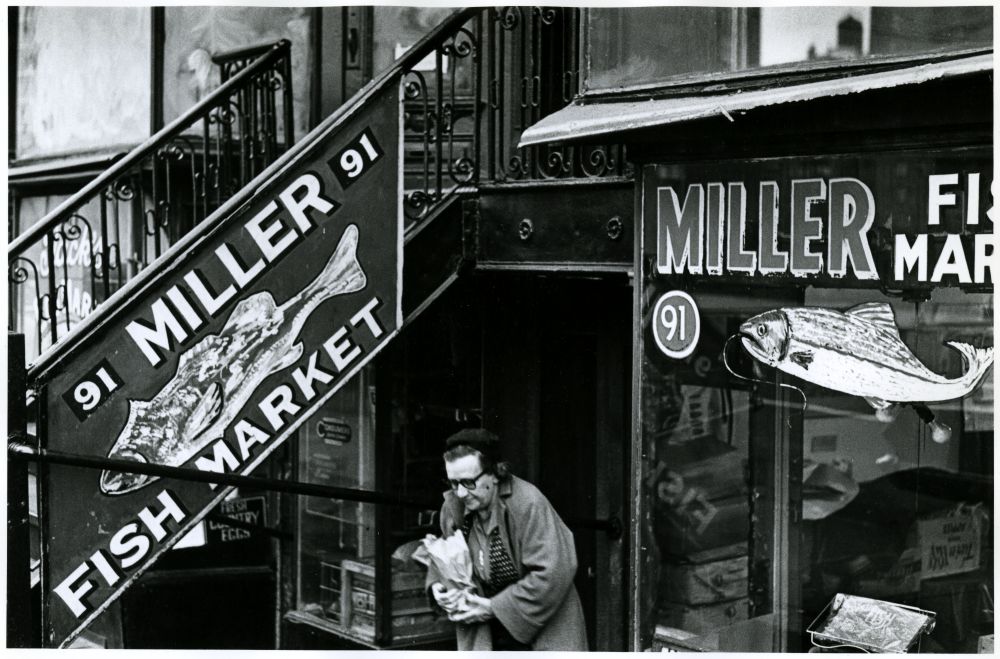
1st Avenue: photo by James Jowers, 1966 (George Eastman House)
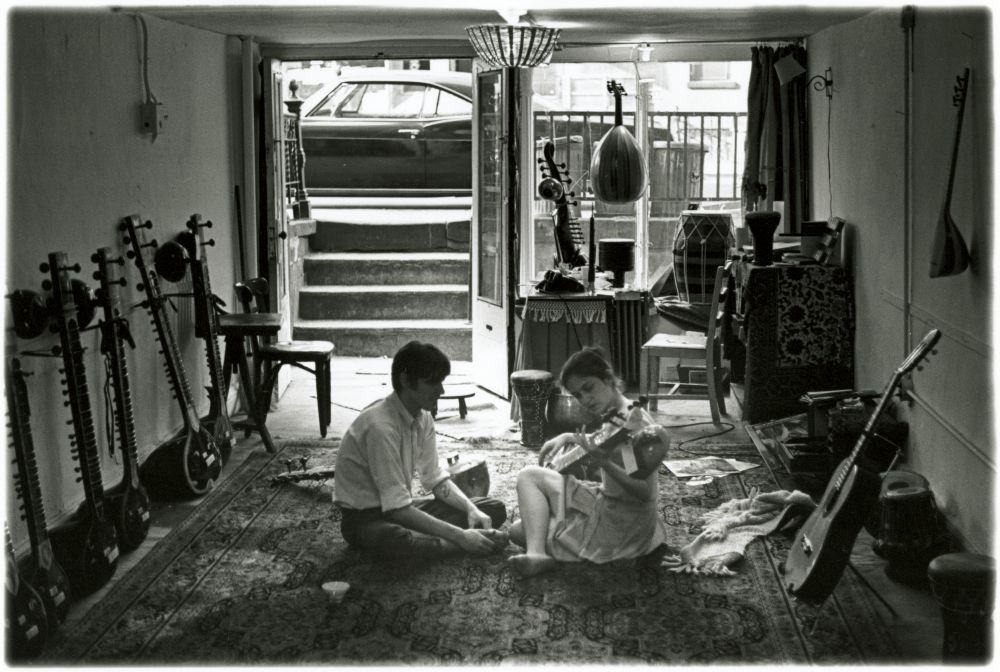
St. Marks Place: photo by James Jowers, 1968 (George Eastman House)
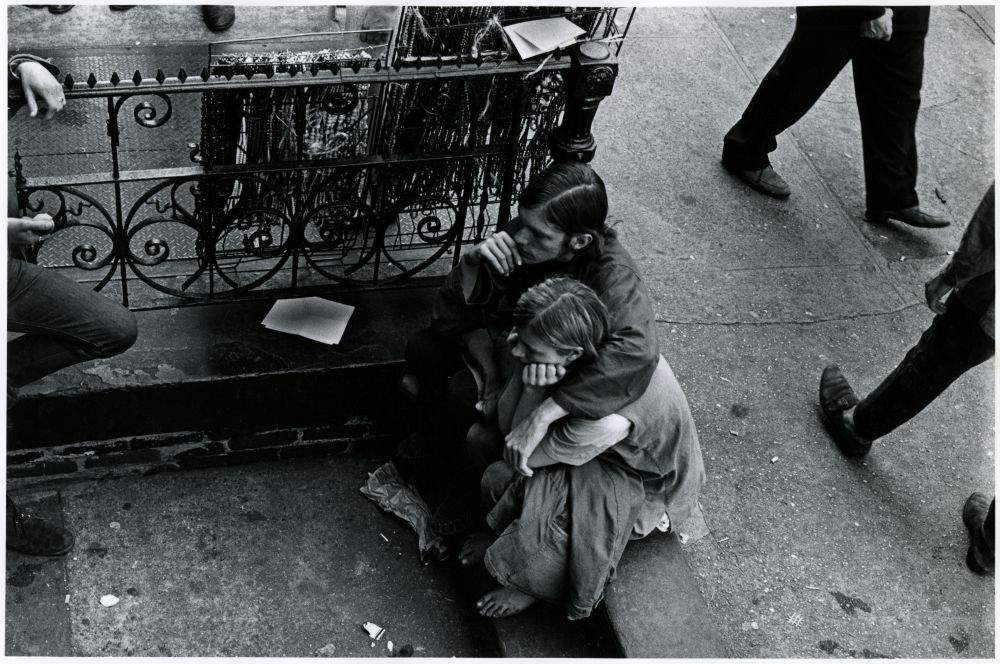
St. Marks Place: photo by James Jowers, 1968 (George Eastman House)
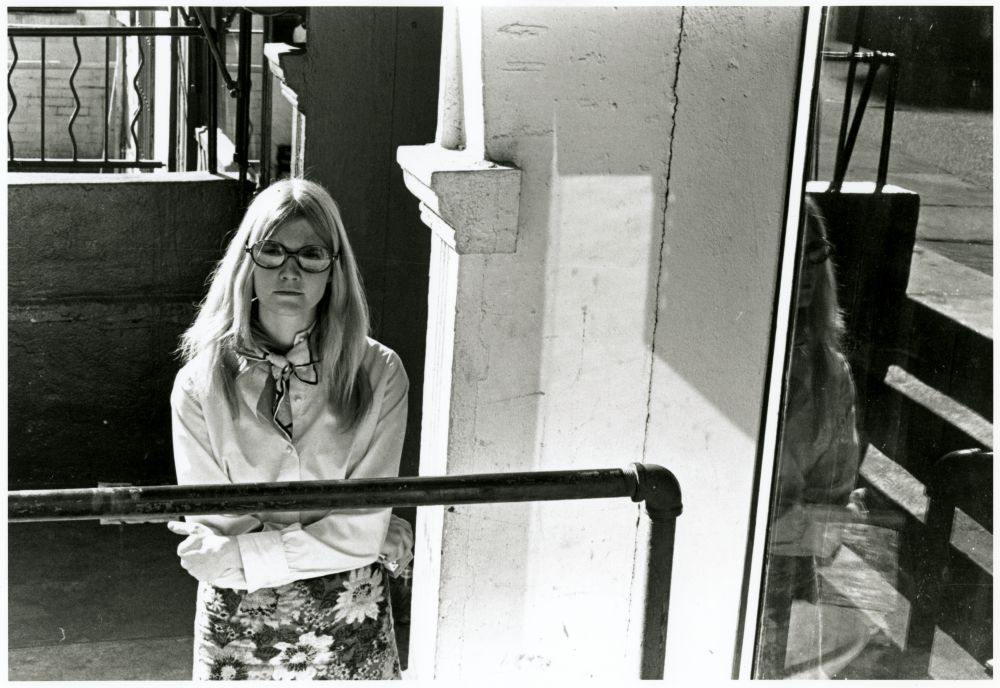
St. Marks Place: photo by James Jowers, 1968 (George Eastman House)

St. Marks Place: photo by James Jowers, 1968 (George Eastman House)
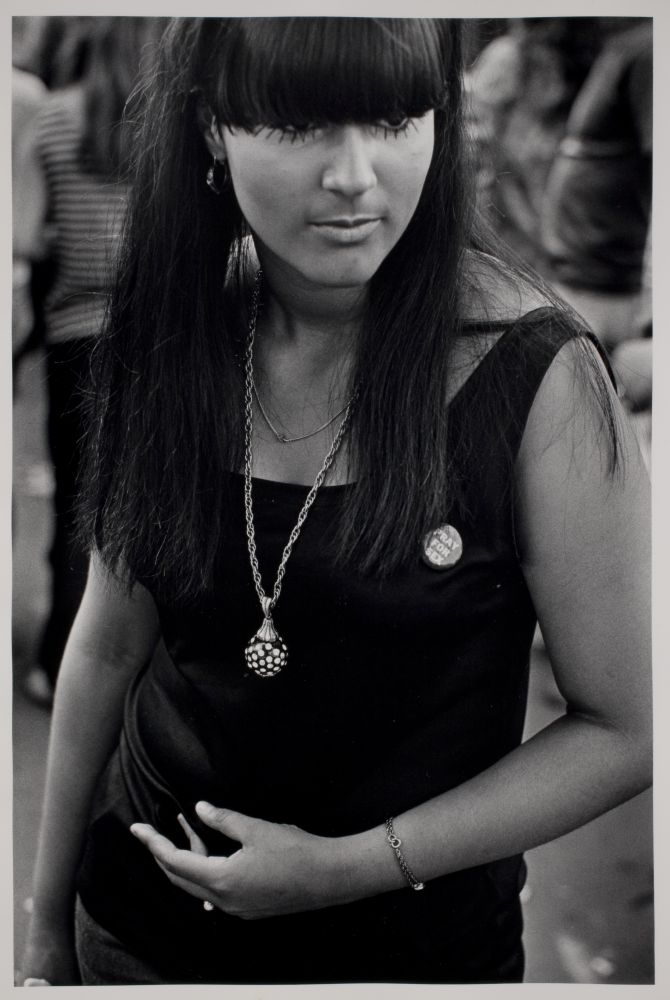
[Woman in black with necklace and button]: photo by James Jowers, c. 1965 (George Eastman House)
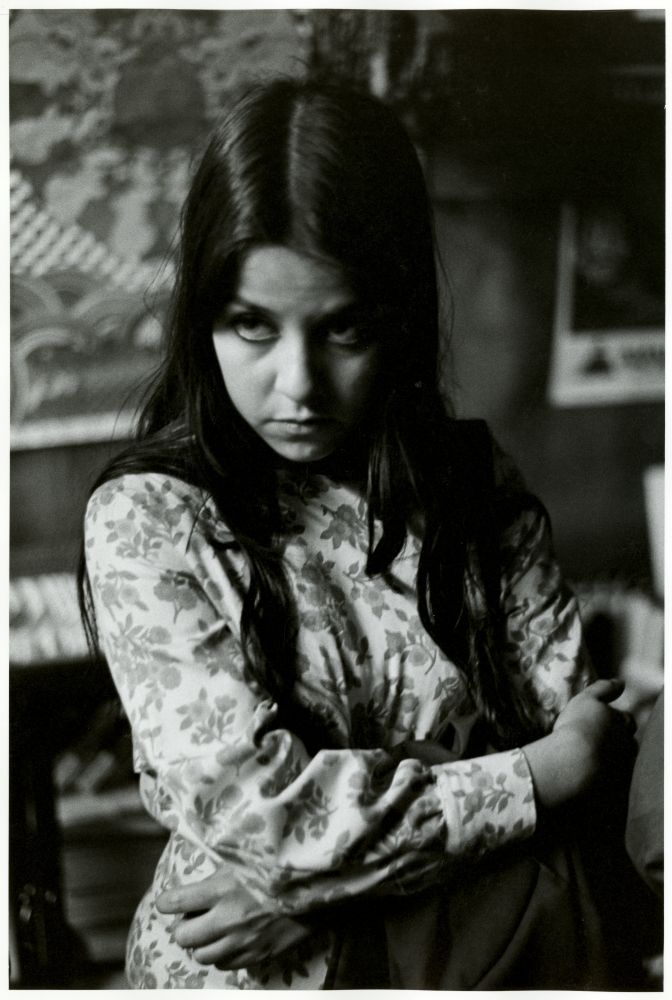
Avenue A: photo by James Jowers, 1967 (George Eastman House)
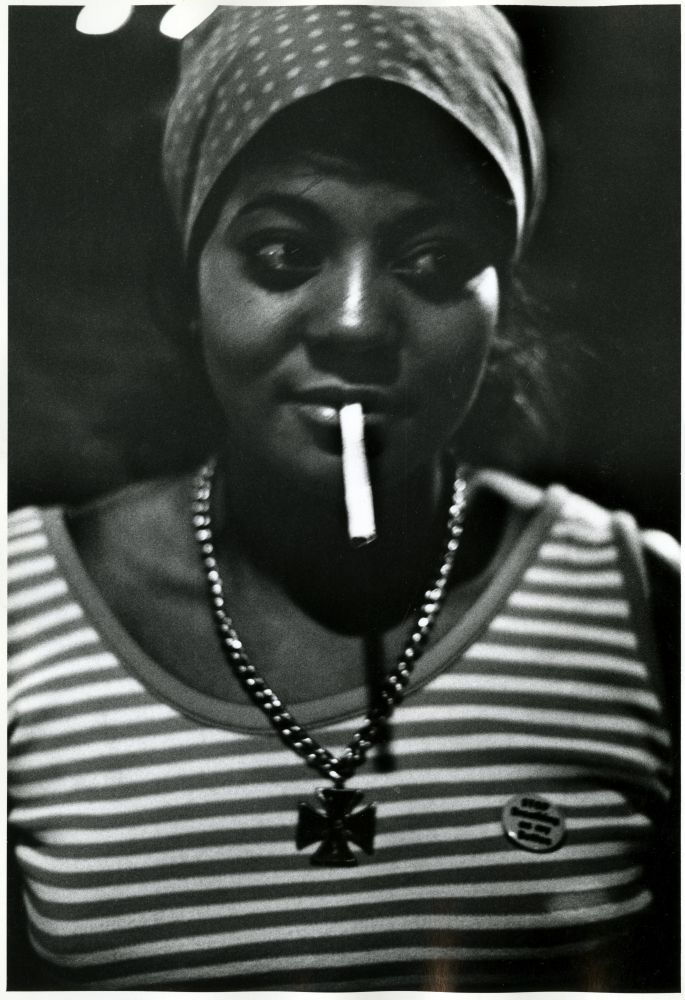
Avenue B: photo by James Jowers, 1967 (George Eastman House)
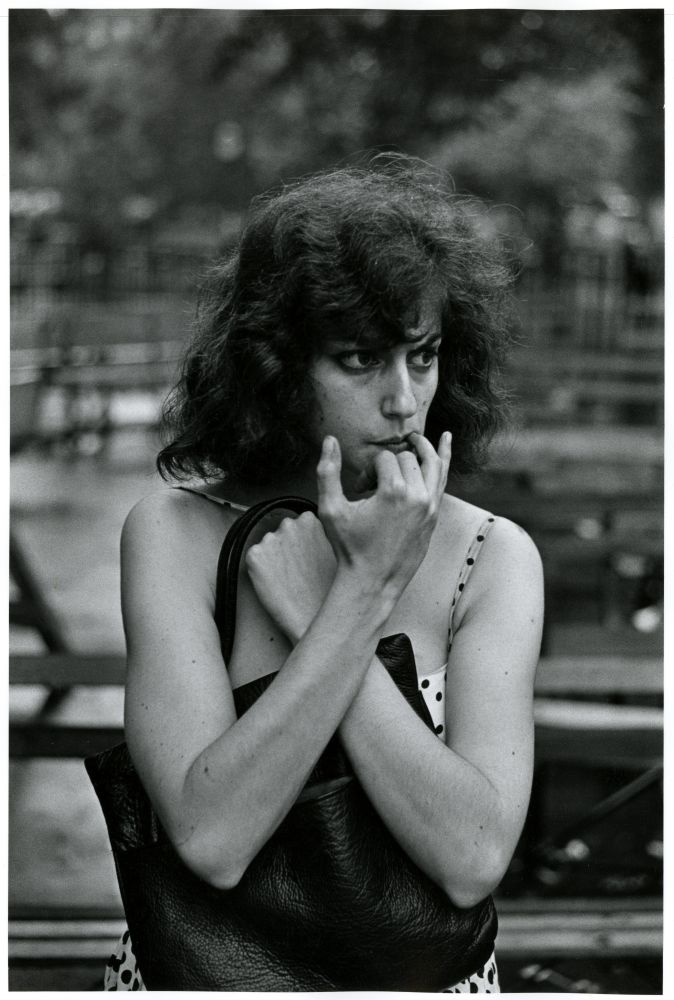
Tompkins Square Park: photo by James Jowers, 1967 (George Eastman House)
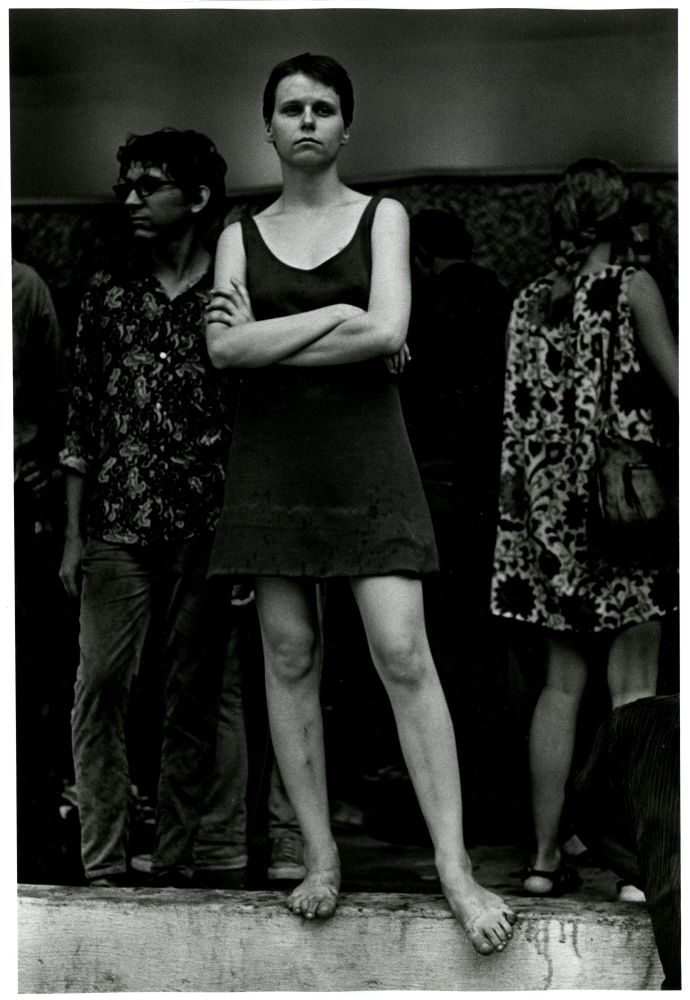
Tompkins Square Park: photo by James Jowers, 1967 (George Eastman House)
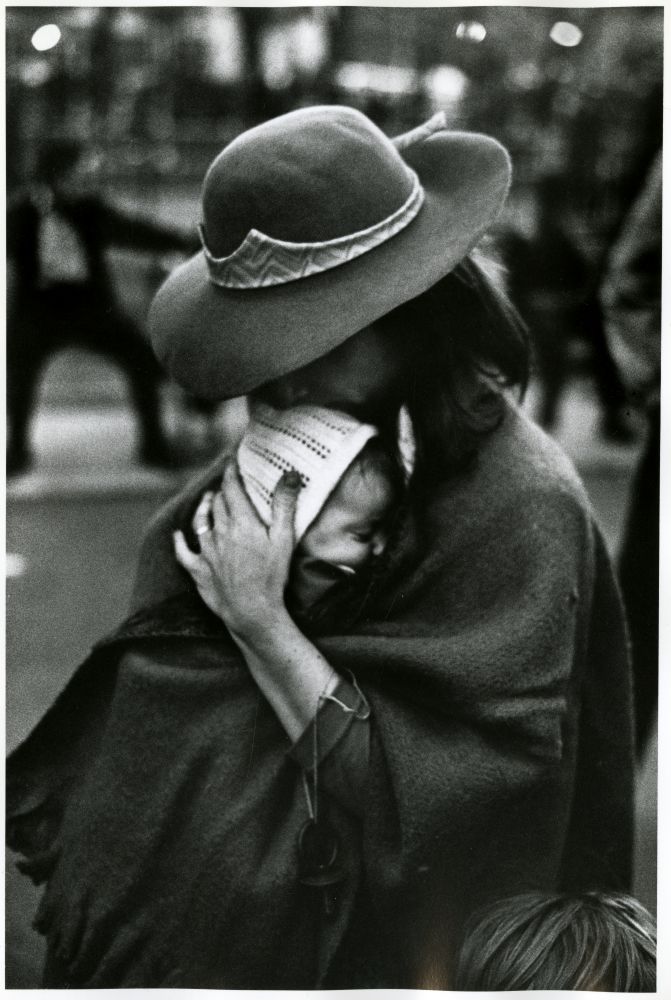
Tompkins Square Park: photo by James Jowers, 1967 (George Eastman House)
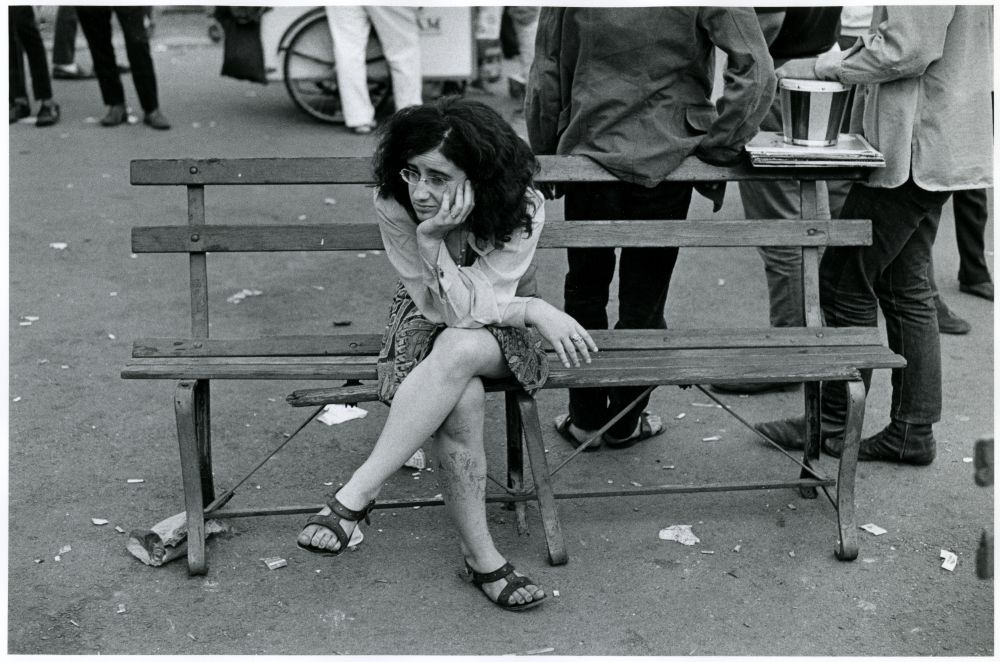
Tompkins Square Park: photo by James Jowers, 1967 (George Eastman House)
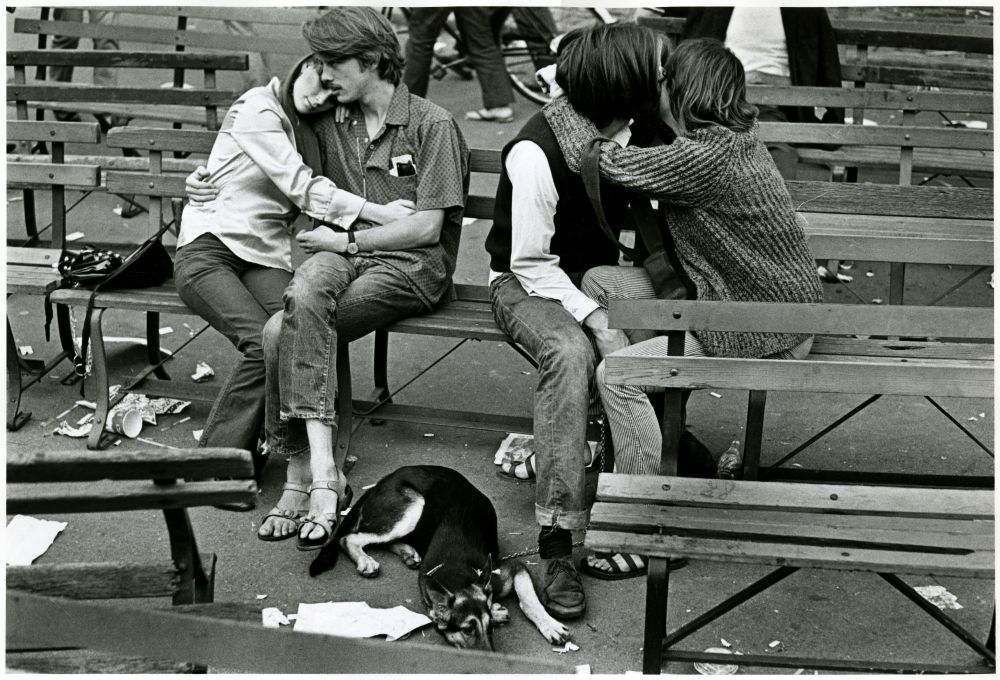
Tompkins Square Park: photo by James Jowers, 1967 (George Eastman House)
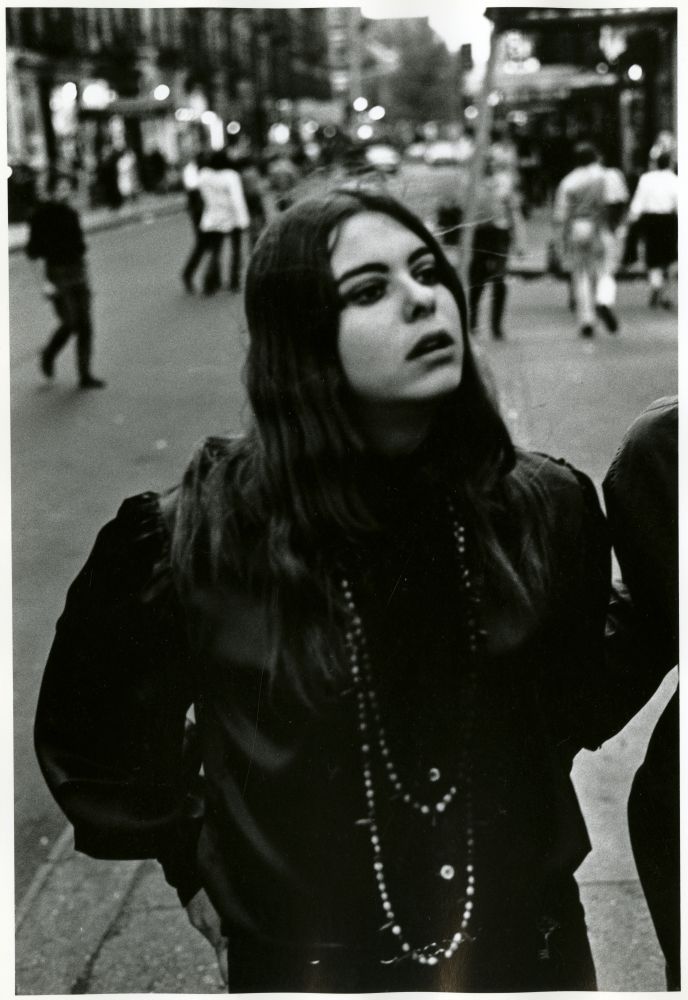
Bleecker Street: photo by James Jowers, 1968 (George Eastman House)
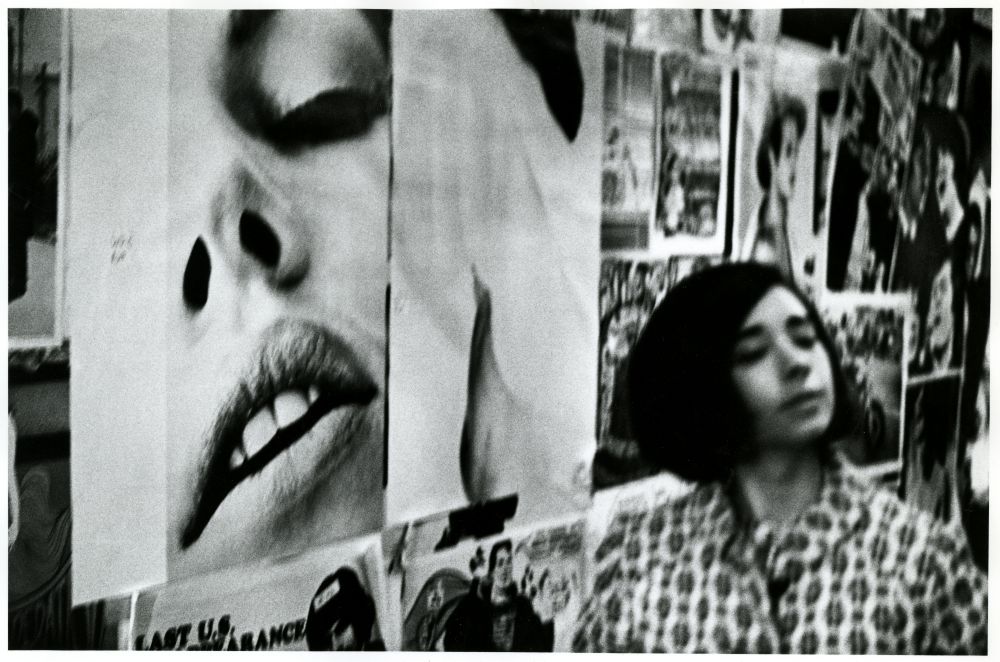
Bleecker Street: photo by James Jowers, 1967 (George Eastman House)
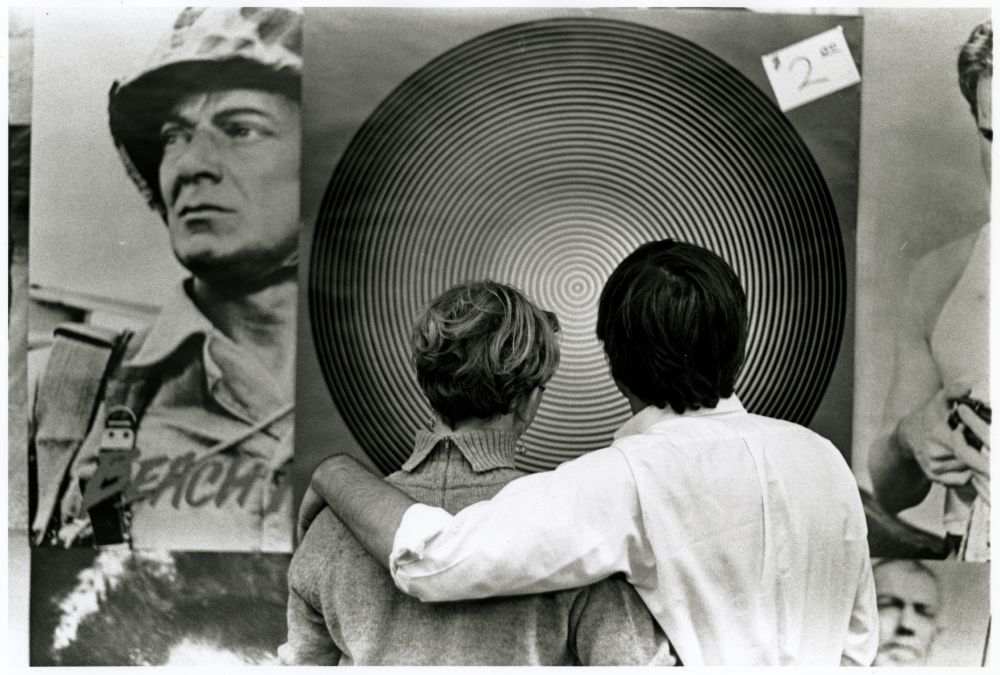
East 8th Street: photo by James Jowers, 1967 (George Eastman House)
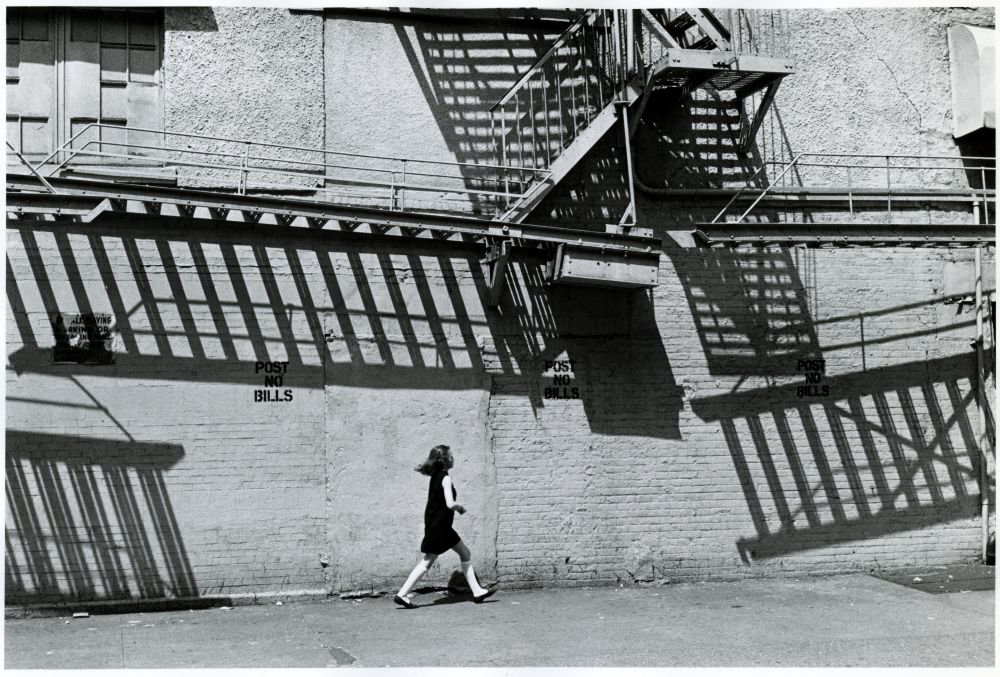
St. Marks Place: photo by James Jowers, 1968 (George Eastman House)
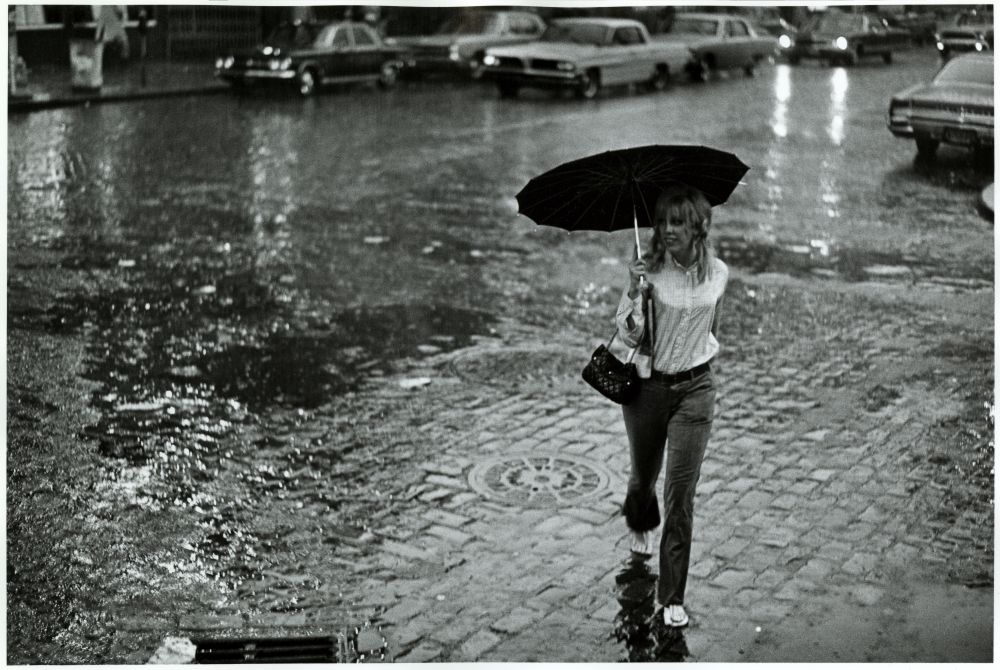
Avenue A and East 7th Street: photo by James Jowers, 1967 (George Eastman House)

Tompkins Square Park: photo by James Jowers, 1967 (George Eastman House)



11 comments:
I lived in this neighborhood in 1967-1968, just round the corner and up Avenue B from Tompkins Park. On the evening this poem was writ I crossed the park to get from my flat at 14th & B to the apartment of friends Ron & Pat Padgett at 13th near 2nd Ave. While Patty cooked dinner and Ron attended to his work, I read the paper, wrote this poem, and played with their young son Wayne.
Such a sweet time, really, with jewel-bright hopes and dreams placed against the onrush of darkness. Wonderful poem, Tom, along with haunting photographs.
--Red Shuttleworth
Yes, beautiful photos and poem.
I really love that you returned to Stones here. That volume has meant a lot to me ever since ever since (as Bob Marley used to say). The photos are remarkable and certainly summon up memories, as does the phrase "As I return to my newspaper." (Remember those?) I hope it doesn't sound precious to say this, but the poem, especially the first "portrait verse" has the mood of an Alex Katz painting for me, which lifts me up, as also seems to be the case with Poet Red Shuttleworth and Nin. I wish it weren't the case, but it's been a long time since I have found New York hospitable or charming and I wonder whether I ever will again. Curtis
He grabs my pen and beads
And plays into my hands
I often look to the naivete of that time wistfully and then the cynic takes over: we did play into that generation's hands and they fucked up. But it's stupid and churlish to say such things. There was good that can be traced in this post.
The ambiguities are quietly present here. And yet the moment caught is still joyful and honoured as such.
The gray torch: it takes a Tom Clark to catch the presence of that.
A beautiful and truthful poem. It makes me want to cry.
So human, so tender - the faces, the bodies, the cityscapes.
I love the sensibility you've rediscovered in Jowers, Tom
https://www.youtube.com/watch?v=gVdOQvx379Y
Many thanks to all for playing with my pen and beads.
And I mean you, Red, Nin, Curtis, Duncan, Nick and Vassilis.
Ah, Mary Hopkin, those were the days, croaked the incense-shrouded senior citizen into the stuffing of the psychedelic antimacassar.
Red reminds that there was perhaps more to the time than what now appears ridiculous, though of course there was plenty of the latter as well.
(Pretty much same as now in that respect, indeed, though young people now wouldn't want to hear that.)
I suppose it's difficult to be objective, as my own haunts of the epoch, and perhaps a few of my friends of the epoch (who can say for sure, at this late date) are captured here. James Jowers' great photos, giving us easily the best close visual survey of the downtown street life of the period, really do bring back the "feel" of those streets. That summer of 1967 in particular the city was awash with youthful wanderers. There was a naiveté, an innocence, also a surprising opennness. And certainly there was a palpable tension crackling in the air. Those were after all mean streets. And a very mean war was going on, from which everyone was fleeing...
In any case, I found myself caught up in all that, a bit old to qualify as a proper hippie ingenue certainly, though unfortunately not too old to be reclassified 1-A by my draft board.
Therein lies another story. The "jewel-bright hopes and dreams placed against the onrush of darkness" stood out all the more clearly for the black clouds massed behind them.
Duncan, it's hard to quarrel with your suggestion that the naiveté of that (well, my) generation was politically and ideologically a bit on the flimsy side. But I can't hold all that variably blissful silliness to blame for the unfortunate developments since, except I suppose as setting an example of self-involvement (lifestyle narcissism) to which may be traced such a noisomely "postmodern" phenomenon as the Selfie.
But you will note from these photos that not one of the people pictured is staring down in abstracted absorption at a small slab of plastic as though that slab were a Major God. Folk may have been silly back then but in their defense, at least they didn't leave the thinking to Sammsung.
And the rains came.
And by the by, one "New York" poet who did write powerfully about the social meaning in America of the Vietnam war, from experience:
Lorenzo Thomas: Studying War
Tom,
"The past bursts on a flower"
Such great photos of the neighborhood in the 60's (people on the street, in the manner of the master Rudy Burckhardt). And you were there before you were here -- and so was Ron (and still is, and you too -- here, in these words). . .
Many thanks, Steve.
Seems the past bursts on my flower whenever I'm not looking, these days too and maybe even more than ever, now that I think of it.
Which, in a superstitious yet real sense, caused me to hesitate a bit before turning back over my queer shoulder to look that gray torch in the eye.
Post a Comment